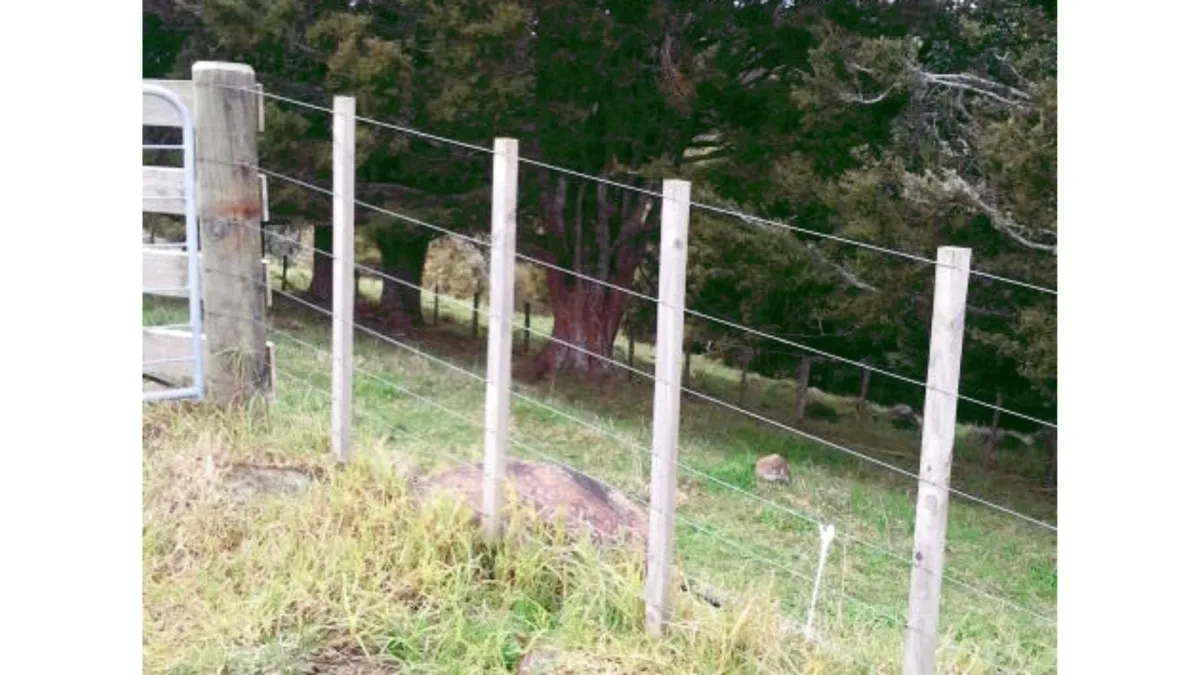
Why You Need a Fence on Your Lifestyle Block
Whether you're running a few animals or managing a full mixed block, good fencing is essential. It’s not just about keeping stock in—it’s about safety, productivity, and land care. For lifestyle farmers, a well-planned fencing system underpins everything from stock management to environmental protection.
If you’re not sure where to begin, our LSB Guide to Fencing offers a step-by-step introduction to help you choose the right fence for your property. You can also browse our full collection of fencing articles for practical advice on materials, techniques, and troubleshooting.
1. To Define Property Boundaries
Boundary fences clearly mark the edge of your land. In many cases, their upkeep is a shared responsibility between neighbours, but this varies depending on agreements and legal requirements. A good boundary fence protects your investment and prevents future disputes.
2. To Create Raceways for Stock Movement
Well-fenced laneways or races let you move animals quickly and safely around the block. They reduce labour requirements and eliminate the stress of driving animals through paddocks where mobs might mix or get injured.
3. To Keep Livestock Contained
Fencing is vital for separating different stock classes, managing breeding, and keeping animals off roads. If animals escape and cause damage, you're liable unless you can prove you took reasonable steps to secure them.
4. To Improve Grazing Control
Rotational grazing relies on controlled stock movement. Fencing allows paddocks to rest and regrow, improving pasture utilisation and long-term productivity. It also enables targeted grazing—for example, forcing goats to clear gorse without using herbicides.
5. To Support Land Development
When converting raw land into productive pasture, fencing is your first tool. It defines work zones, protects emerging pasture from grazing, and helps you manage sowing, fertilising, and cultivation tasks.
6. To Protect Livestock from Hazards
Most blocks have areas that pose risks to animals, like cliffs, drains, and swamps. Fencing off these danger zones protects animals and prevents costly injuries or losses.
7. To Support Environmental Goals
Modern land use puts a strong emphasis on sustainability. Fencing is essential to exclude animals from waterways, erosion-prone slopes, and native plantings. It’s also a practical step toward meeting regional council compliance.
8. To Improve Fertility Distribution
Animals tend to camp in familiar or elevated spots, causing nutrient hotspots and uneven pasture growth. Subdividing large paddocks helps manage this behaviour and spreads fertility more evenly across the land.
The Bottom Line
Good fencing supports animal health, improves pasture performance, and protects your land. It might take time and money to set up properly, but the long-term return is more productive land and lower management stress.
For practical advice on planning and building your fences, grab a copy of our LSB Guide to Fencing. You’ll also find plenty of useful tips in our fencing article archive.

